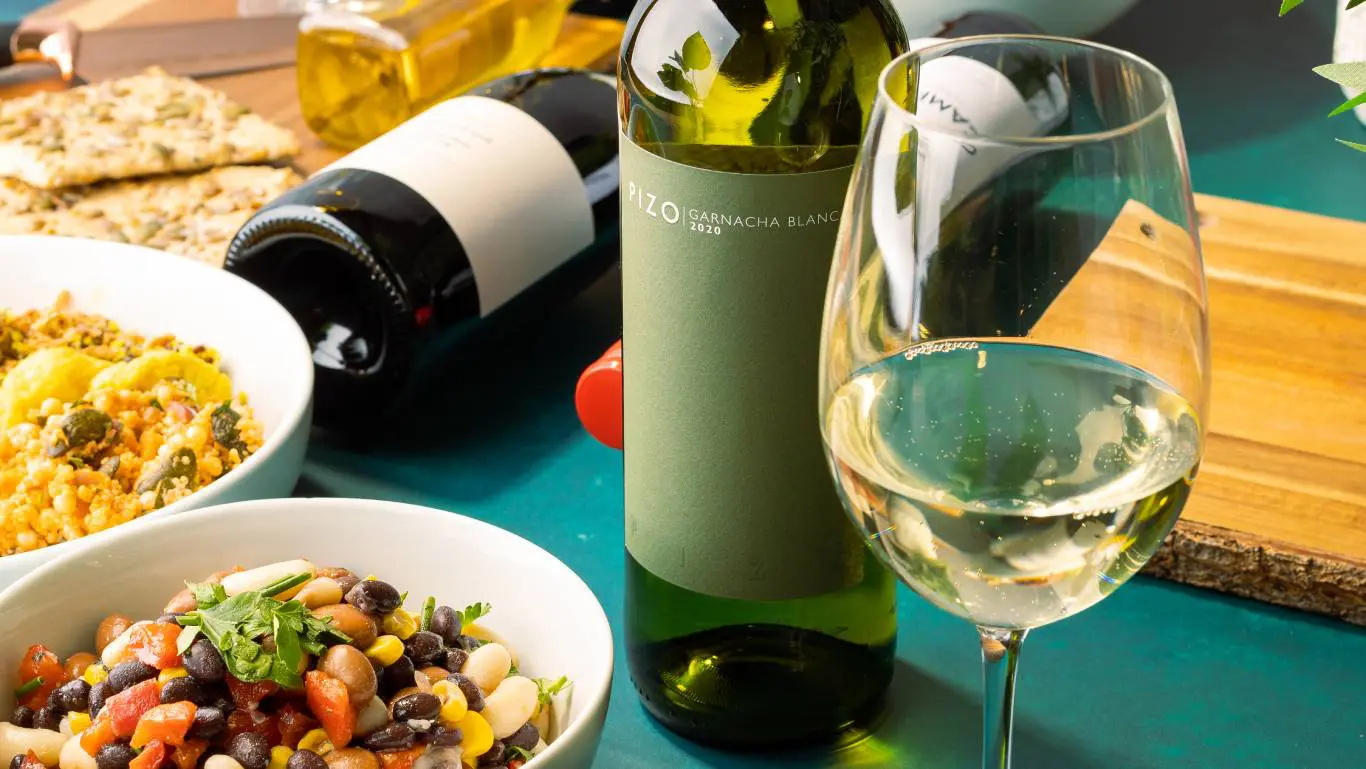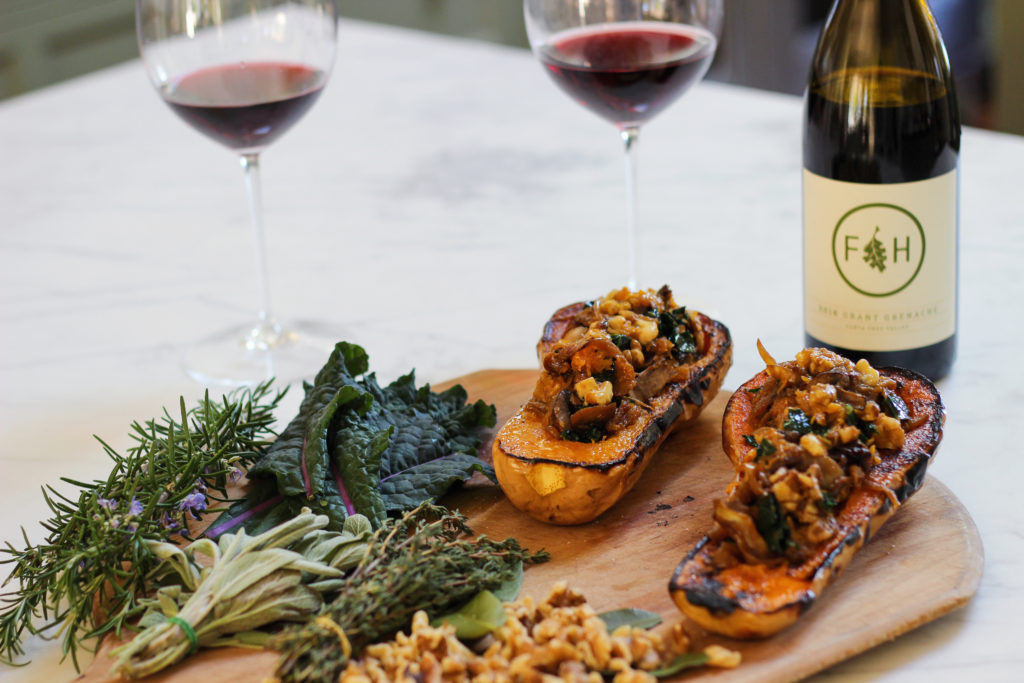Gone are the days when wine pairing was limited to the traditional “red wine with red meat” rule. The growing world of vegan and vegetarian cuisine opens up exciting possibilities for wine enthusiasts who want to explore bold, creative pairings that celebrate plant-based flavors. Whether you’re hosting a dinner party, enjoying a quiet meal at home, or simply curious about expanding your palate, understanding how to pair wine with vegan food can transform your dining experience.
The key lies in treating wine as an active ingredient that interacts with your dish, rather than just a beverage on the side. With the right approach, you can create harmonious combinations that highlight the unique flavors, textures, and cooking methods found in plant-based cuisine, proving that vegan food and wine pairings can be just as sophisticated and satisfying as any traditional pairing.
Understanding the Fundamentals of Vegan Wine Pairing
The foundation of successful vegan wine pairing starts with understanding wine’s structural components: sweetness, acidity, bitterness, and tannins. Unlike traditional meat-based pairings, vegetarian dishes often feature multiple ingredients, making it essential to identify the dominant vegetable or flavor profile in your meal. Bold flavors demand bold wines – a mushroom-heavy dish pairs beautifully with Pinot Noir, while butternut squash complements rich white wines.
Consider how your food is prepared when selecting wine. Light, cold dishes like salads call for crisp dry whites or rosé, while hot, hearty casseroles pair better with medium to full-bodied reds. The “sizzle factor” matters too – fried foods such as fritters always work well with sparkling wines.
Wine Pairing by Vegetable Type

Different vegetables require different wine approaches. Green vegetables shine with sparkling wines or light whites, while root vegetables can handle full-bodied whites, rosé, or light reds. Nightshades like tomatoes and bell peppers pair excellently with aromatic whites, rosé, or medium to full-bodied reds.
Mushrooms deserve special attention as they can support both full-bodied whites and medium to full-bodied reds. Beans and pulses work wonderfully with sparkling wines or medium reds, while nuts complement aromatic whites, rosé, or dessert wines. Fresh herbs are versatile, pairing with everything from sparkling whites to light reds.
Handling Spice and Heat in Vegan Dishes
Many exceptional vegetarian dishes originate from India and East Asia, bringing significant heat and spice to the table. Spicy foods benefit from wines with a touch of sweetness – consider Rieslings, Pinot Gris, or full-bodied, fruity rosé wines. These wines help balance the heat while complementing the complex flavor profiles found in authentic plant-based cuisine.
The old adage “what grows together goes together” applies perfectly to vegan wine pairing. Southern Italian wines complement baked pasta dishes beautifully, while bold Spanish reds enhance vegetarian paella. This regional approach ensures authentic flavor combinations that have been perfected over generations.
Meat Substitute Considerations
Modern plant-based meat alternatives have evolved significantly and behave much like their traditional counterparts. If you have a favorite wine for meaty spaghetti bolognese, it will likely pair well with a plant-based version using meat substitutes. This makes transitioning to vegan wine pairings easier for those familiar with traditional combinations.
When wine tastes too strong for delicate dishes, opt for lighter options like Sauvignon Blanc or rosé instead of heavy Cabernet Sauvignon. For bitter greens, roasting vegetables or adding lemon can help, then pair with smooth wines like Pinot Noir or Chardonnay. Spicy dishes benefit from cooling wines like sparkling wine, rosé, or fruity whites.


